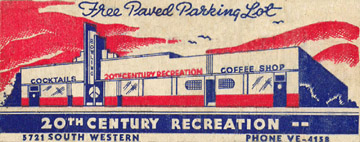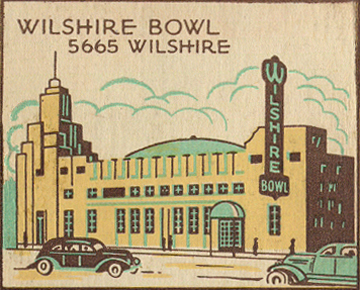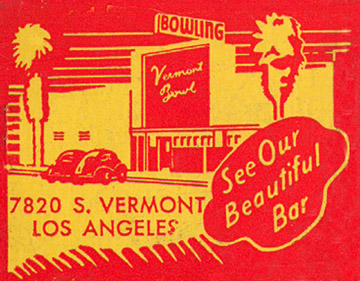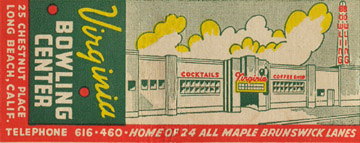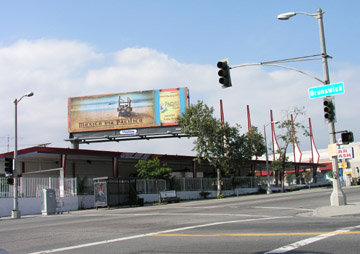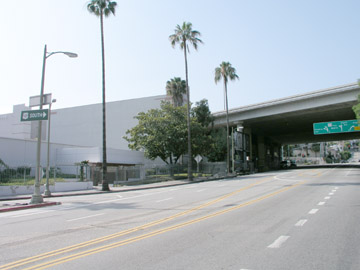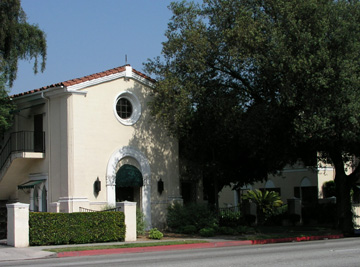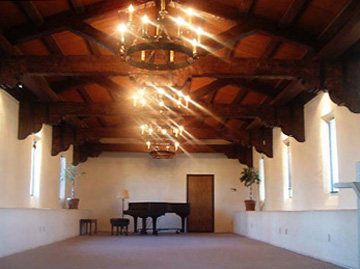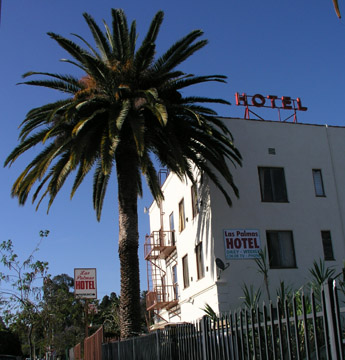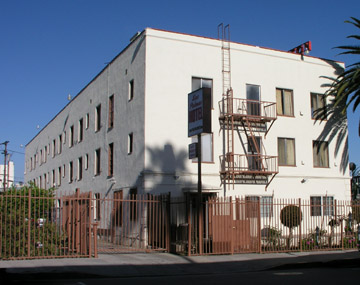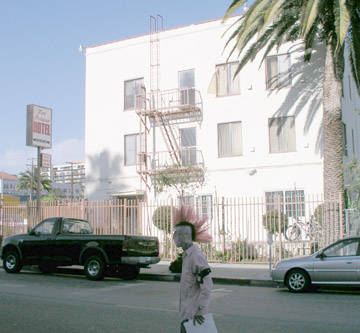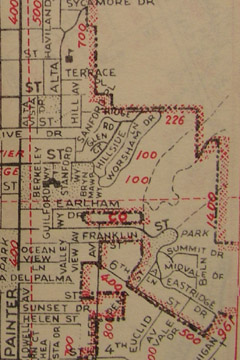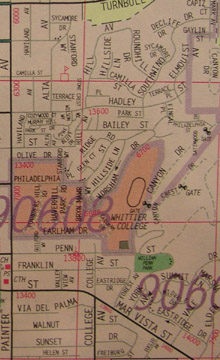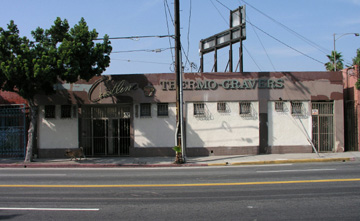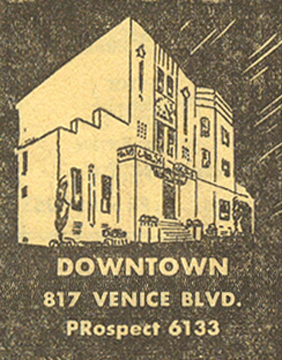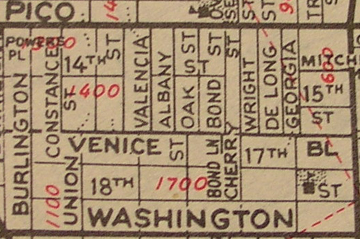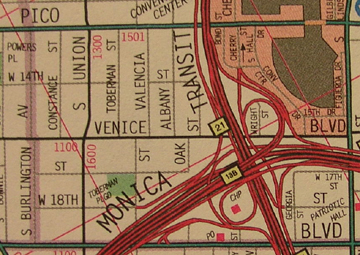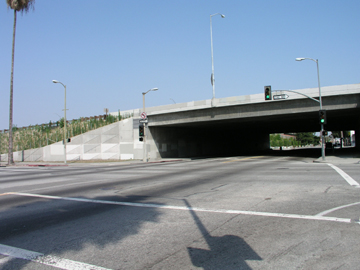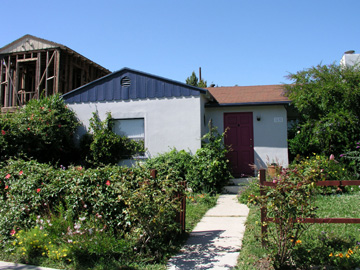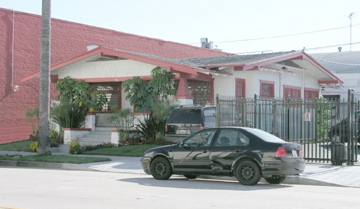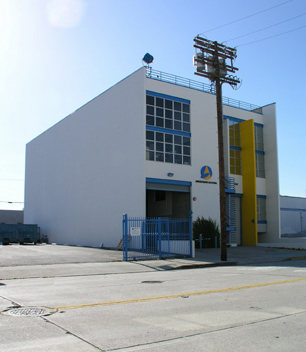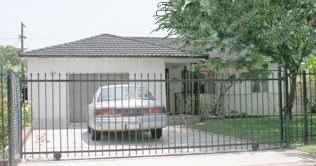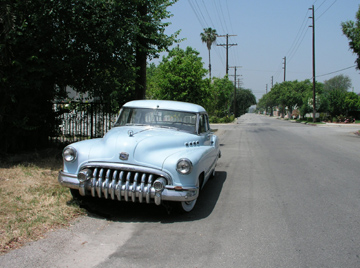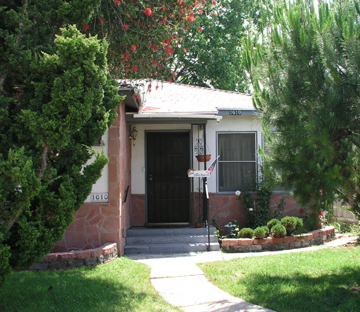But there was a time when bowling alleys were of Italianate design, or Moderne, or, in the case of the Sunset Center, grand Neoclassical affairs with giant fluted columns.
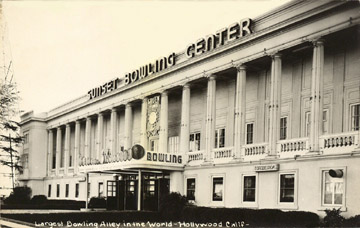
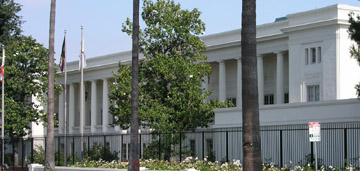
The eagle-eye’d may ascertain where the coffee shop neon was once affixed to what is now the HQ of Tribune Entertainment: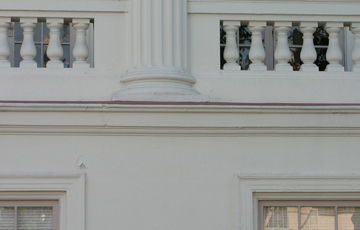
There are fewer bowling alleys in LA than bald eagles, and’re twice as endangered. An endangered, passing world. A world you’ll never know. A world where the damn rep from Red Crown Ten Pins is late; he’ll wanna try and talk you into replacing your Ebonites with his Mineralite balls again, and the American guy hasn’t fixed the Backus pin spotter so you’re gonna call Brunswick for a quote on a 20th spotter and a Telescore projector while you’re at it, and hey, maybe that cat from Acme Billiard who plays league games Tuesday can give you the skinny on refinishing your maple. 